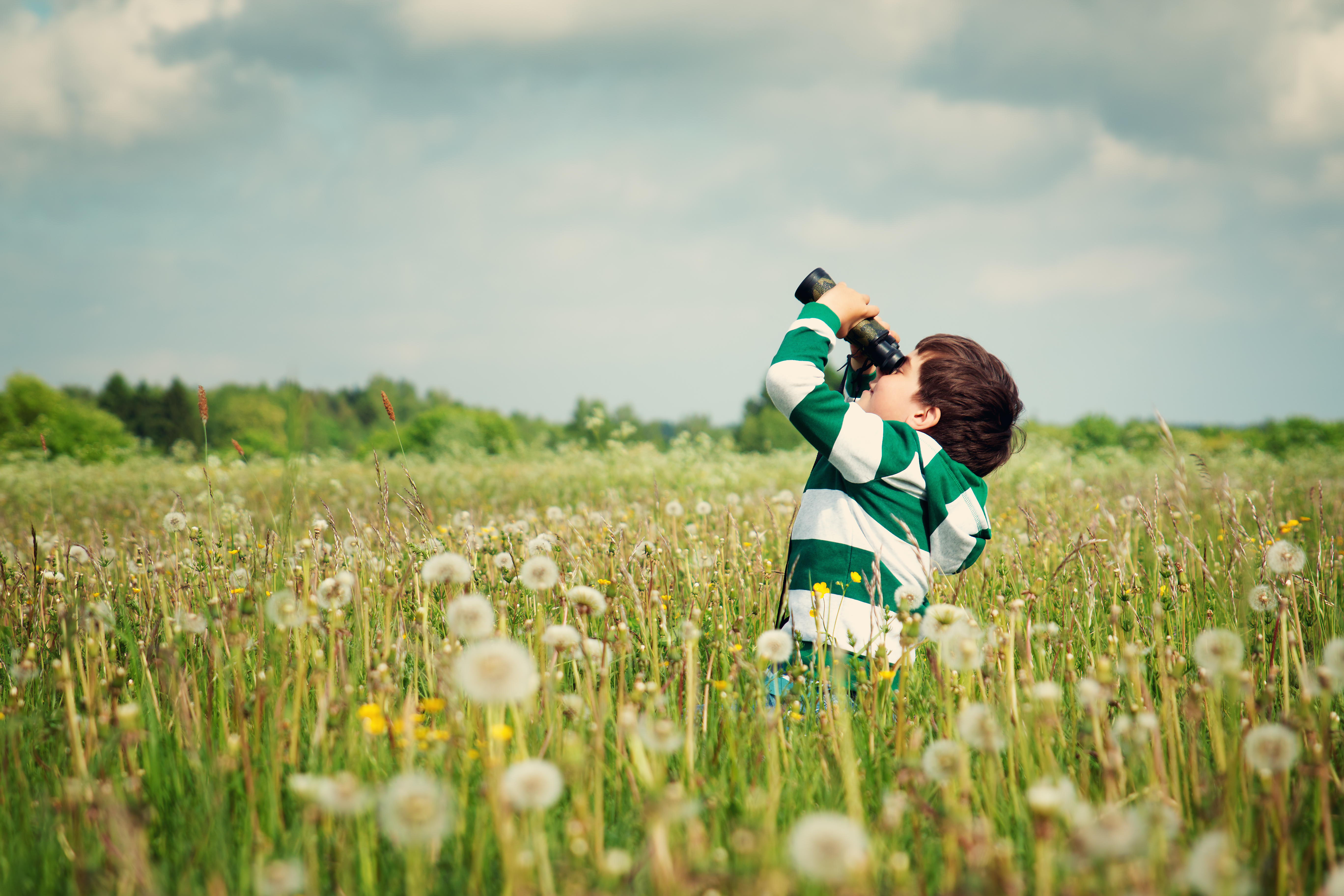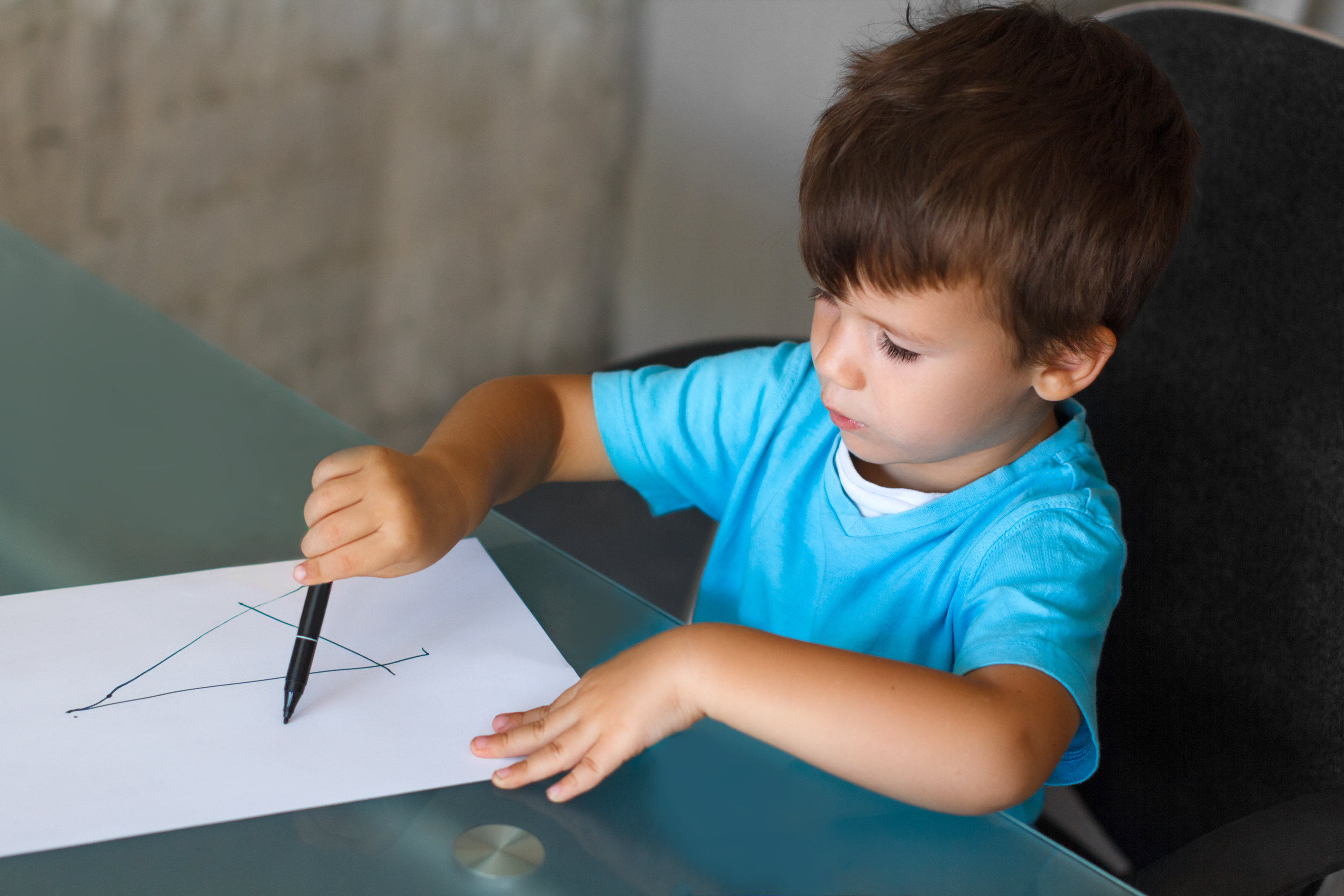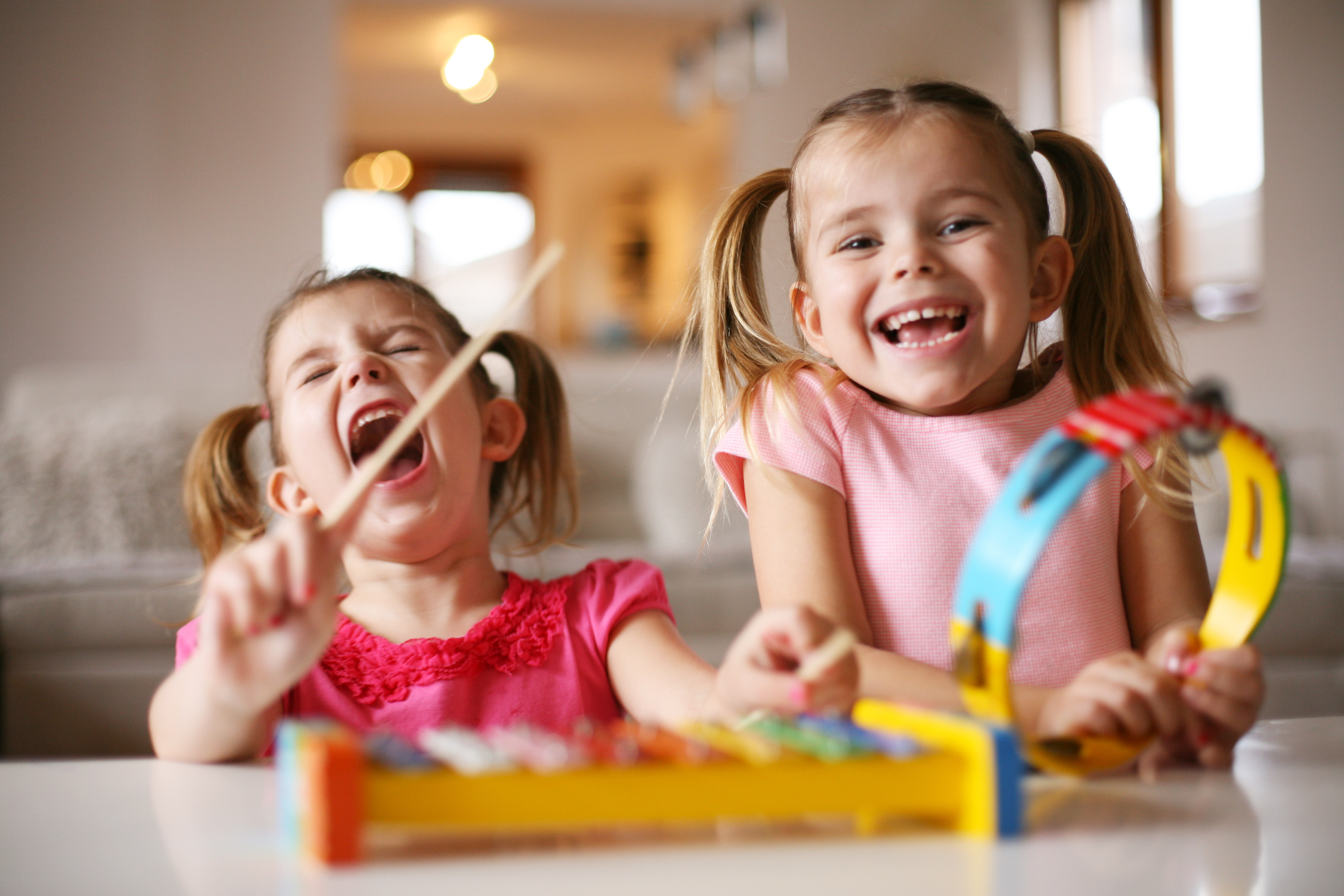
Singing is a powerful form of communication, and one that both practitioners and parents of all musical abilities should be encouraged to use with the children in their care.
Singing has traditionally been a key way in which adults have connected with each other and also with children. There are many benefits when adults sing with children. Understanding these is perhaps the first step in making sure that sing- ing is given priority status both in children’s homes and also in early years settings.

EMOTIONAL BENEFITS
Many parents who do not see themselves as singers will often sing to their newborn baby. Whether this is an instinctive response or not, the reality is that babies will often be soothed and respond positively to parents’ voices. It is a form of communication that remains powerful beyond the first months of a child’s life. It is a great way of helping children to bond with adults.
So, ideally, a child’s key person needs to develop a singing relationship as well as a verbal one. One of the reasons that singing is thought to be so powerful is because ‘feel-good’ hormones called endorphins are released and this, in turn, can cut down children’s stress levels. One might argue, therefore, that singing during transitions would be particularly helpful for children. There are other emotional and social benefits too.
Through singing, children are able to feel and express emotions. When children sing with others, they often gain a sense of belonging to the group. This is of course why every culture has traditional songs, as singing is another way of expressing cultural identity.

LINGUISTIC BENEFITS
As well as emotional and social benefits, linguists and speech and language therapists believe that there are also language benefits. Through singing children learn to hear beats, rhythms and also sounds in words. This at first helps babies and toddlers to tune into a language ,which is a precursor to speaking it. Singing also helps children learn to make sounds and encourages early vocalisations.
For older children who can speak, singing can help those all- important auditory discrimination skills, especially when songs rhyme. This can help children when they learn to read and so is considered to be important. Interestingly, singing can help children who are new to English as they often quickly pick up words and gain confidence.

CREATIVITY
Singing is also an outlet for children’s creativity. Both parent and practitioners will report that children will make up their own songs if they have had plenty of opportunities to hear and join in singing.This often starts with children using tunes that they already know and adding in their own words, but over time children will also make up their own tunes.
There is also a link between mathematics and singing as a result of children hearing patterns in music.
BARRIERS
So, if singing has so many benefits, why do some adults find it hard to regularly initiate singing with children? One explanation is that society has changed over time – partly as a result of technology, and in terms of the way we live. While singing and storytelling were once ways to pass time together when we lived in closeknit groups, now entertainment systems and more isolated living is often the reality.
Recorded music and shows that look out for singing talent may have also played a part. Adults and even older children have over time become increasingly self-conscious meaning that singing for some has become a private activity, often to be done in the shower. For children who may spend their time in group settings, it is important that we reverse this trend.

CREATING SINGING ENVIRONMENTS
In the same way that we audit our provision for areas of the early years curriculum, perhaps it would be a good idea to try out a singing audit. We could think about how many times a key person sings with their key children. We could also reflect on the range of singing that takes place – does it happen spontaneously during activities or only at fixed times? We also need to think about our own knowledge of songs and if necessary increase the range and types of songs that we know. After all, there is a limit to how often The Wheels on the Bus can be sung before it becomes tedious.
Finally, singing is a habit. The more times that singing takes place in our settings, the easier it becomes. To reach a stage when all adults in the setting are confident to sing may take a while. As individuals and as a team, we need to accept that our voices may be different. Some singers will be stronger than others, some will be pitched higher, but none of this matters to children. What really counts is that we take a deep breath and have a go!
Singing to your child is a great way of supporting their development – even if you don’t think your voice sounds great. This is because children prefer hearing their parents’ voices over recorded ones. If you are not sure about songs to sing your child, begin with CDs so that you can learn the words, then try going solo. As children grow, you can use singing in different ways. Below are some different ways in which you could use songs to help your child’s development.

LULLABIES
From birth Lullabies are traditionally used to soothe babies. They work well because babies mimic an adult’s heartbeat and this combined with a rocking movement makes babies feel secure. You can make up your own lullaby or use wellknown ones such as Bye Baby Bunting. Try to make eye contact with your baby as you rock.
How this activity helps your child:
Co-Ordination and Balance:
The gentle rocking movement will help your baby develop a sense of balance.
Emotional Development:
Singing a lullaby will help your baby to develop a bond with you.
Language Development:
Lullabies seem to help babies pay attention to the rhythms and sounds in words and so help early communication.
What next?
Use the tune of your baby’s favourite lullaby and adapt it with a few of your own words.
ACTION SONGS
From 12 months songs that have accompanying actions are loved by children of all ages. They are also great for helping children learn the meaning of new words. While at first your child might simply enjoy watching you make movements, after a while you will see that your child will anticipate a movement and have a go at joining in. Try out Humpty Dumpty, Row Row Row Your Boat and Pat-a-Cake.
How this activity helps your child
Co-Ordination:
Action songs encourage children to practise co-ordinated movements.
Language:
Songs that link words to actions are useful for teaching children the meaning of words.
Social Development:
Making movements together helps children learn to connect with others.
What next?
Look out for action rhymes that require more co-ordinated movements, such as Head, Shoulders, Knees and Toes.

SONGS FOR REQUESTS
From two years there are times when parents have to ask their children to do something such as getting dressed, tidying up or coming to eat. Two-year-olds can be very reluctant at times and so a good strategy to lighten the mood is to sing a request or instruction rather than to say it. This can make the activity or task feel more like a game and so cut down on tantrums.
How this activity helps your child:
Thinking:
Following instructions helps children learn to process information and use their memories.
Listening Skills:
This type of singing will help your child’s listening skills.
Emotional Development:
Your child may learn to use singing as a future strategy to cope with activities they are not interested in.
What next?
Develop some songs for specific tasks, such as a bedtime song or a putting-on-a-coat song
SONG WITH SHAKERS
From two-and-a-half years a lovely activity for a rainy day is to sing some songs while using shakers or a drum. You can make shakers by putting some dried pasta or rice into a water bottle, while a simple drumcan be made by turning a waste paper basket upside down. Making movements to a beat helps children’s co-ordination, but is also an important skill needed for later reading.
How this activity helps your child:
Physical Development:
Moving an object in time to a beat helps children’s co-ordination.
Listening Skills:
Listening out for the beat helps children’s ability to hear and differentiate sounds.
Emotional Development:
Making sounds helps children to express themselves and gain in confidence.
What next?
Introduce a wooden spoon or stick to hit the shaker or drum. This will help to further develop co-ordination.

COUNTING SONGS
From three years songs that are based on numbers help children learn the words used in counting. As most counting songs involve subtraction, they also help children to count backwards. To get the most out of counting songs, use your fingers as you count, for example with Five Little Ducks or Two Little Dickie Birds. As learning to count takes time and plenty of practice, don’t worry if your child makes mistakes while singing along.
How this activity helps your child:
Counting:
Your child can learn the names of the numbers and also the order of numbers.
Language Development:
Counting songs helps your child learn the meanings of new words. confidence: Being able to join in a counting song helps children feel grown up and confident.
What next?
Look out for counting songs with numbers up to ten and beyond.

SONGS WITH DANCE
From four years It takes a while before children can sing while also moving. Songs with dance moves such as The Hokey Cokey or Ring a Ring o’ Roses will be enjoyed by younger children and so do try them out, but you will probably notice that they find it hard to sing as well. Songs with dance moves are great for children’s parties as well as on rainy days when children still need exercise.
How this activity helps your child
Co-Ordination:
Singing and dancing will help co-ordination.
Social Skills:
Being part of a group that is singing and dancing helps children to enjoy being co-operative.
Physical Development:
Singing and dancing helps keep your child active and healthy.
What next?
Encourage your child to experiment with their own moves.
This article was written by Penny Tassoni and Published by Nursery World





